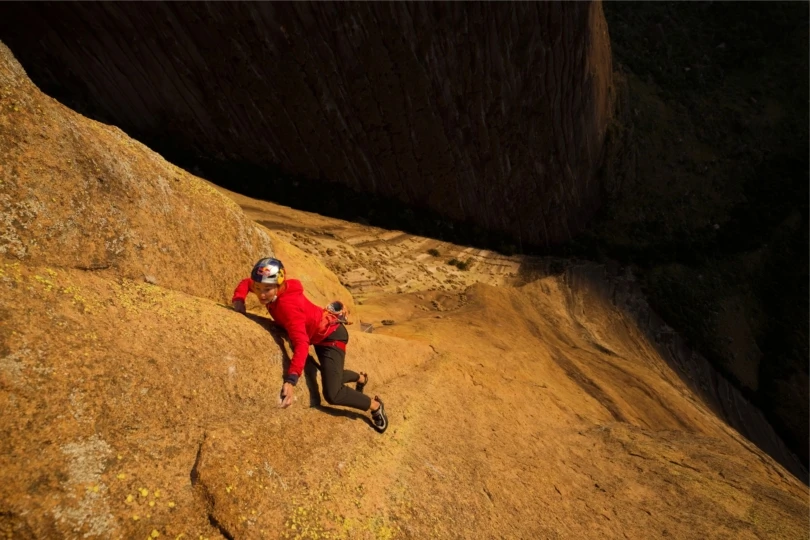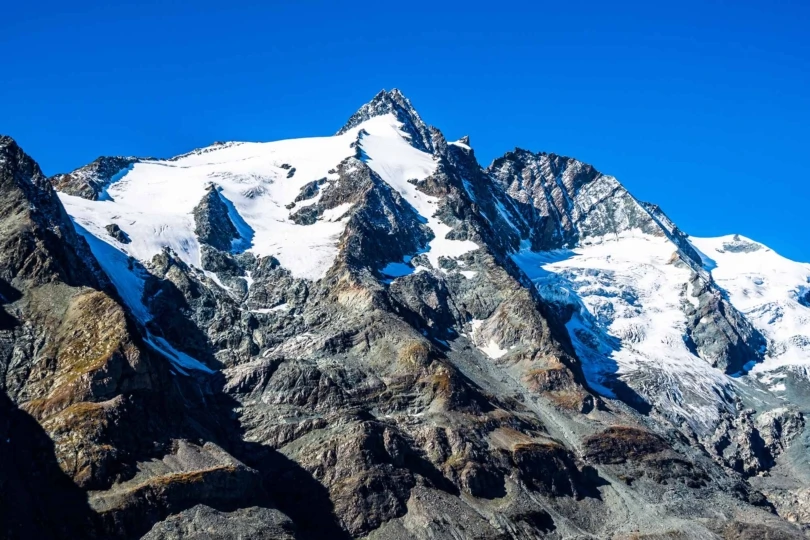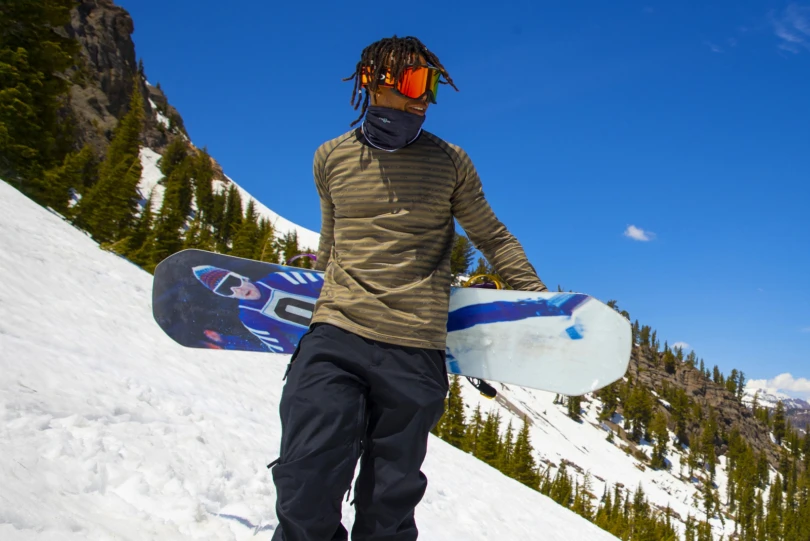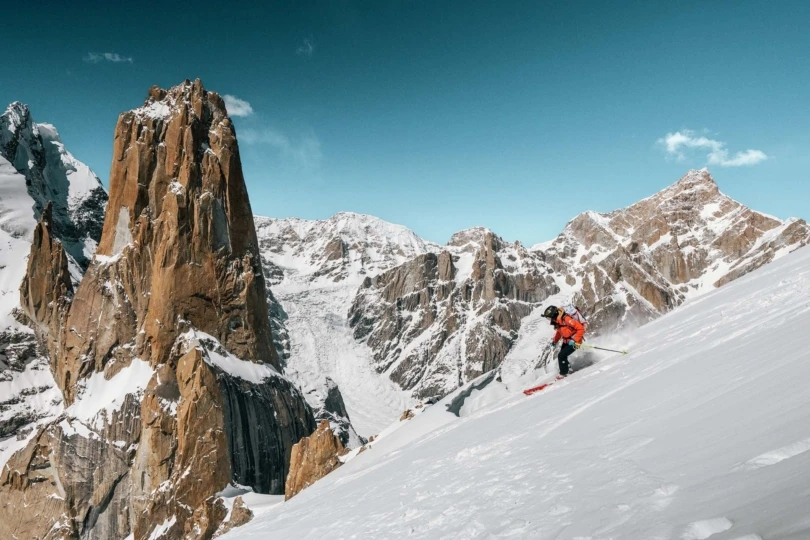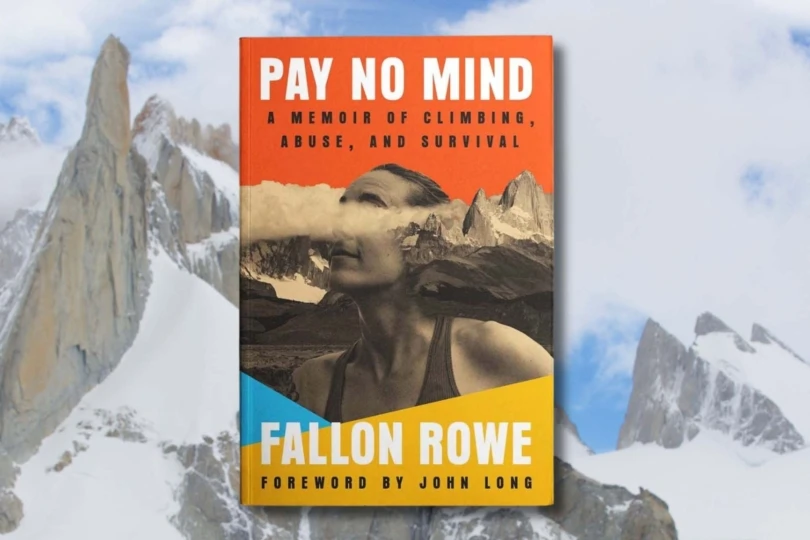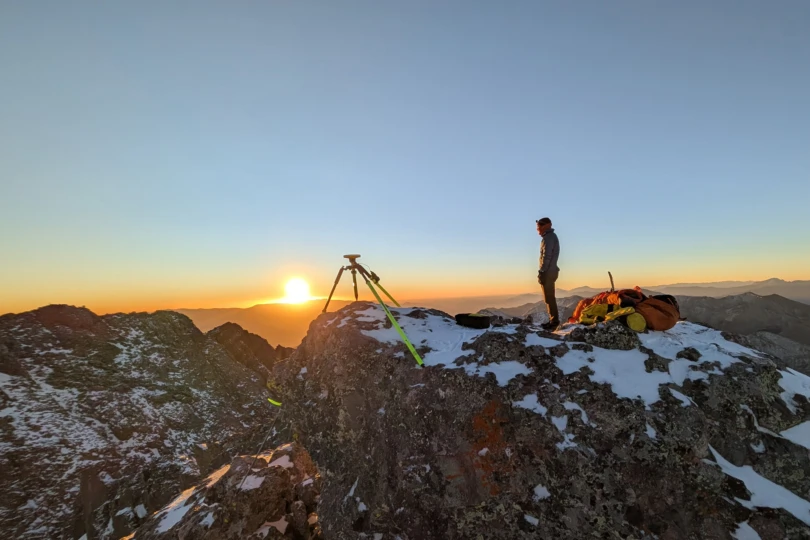[leadin]I first met Melissa Arnot five years ago in a Nepalese tea house. We were near 11,000 feet, a rest day on a trek to Mount Everest, the village of Namche Bazaar serving as an acclimation point for my team en route to Base Camp. Arnot, a professional climber, was headed toward the summit.[/leadin]

For more than 10 years, Arnot has traveled the globe to climb and guide expeditions on peaks including Aconcagua, Cotopaxi, Kilimanjaro, and Mount Rainier, the latter which she, astonishingly, has climbed more than 100 times.
Mount Everest has seen her on top for five occasions, and through her time in the country of Nepal Arnot has formed a deep connection with the people and the place. She leads trekking trips in addition to climbing, and she is involved in a charity, the Juniper Fund, that helps Sherpa families in need.
Melissa Arnot Interview
I spoke with Arnot last week to catch up on Nepal and the state of climbing at Mount Everest. The interview, arranged by her sponsor AVEX, also includes a few questions on gear and hydration while climbing tall peaks.
STEPHEN REGENOLD: You just returned from Nepal. How are things in the country after the tragedy of the earthquake this past spring?
MELISSA ARNOT: Yes, just back here two days ago. I was in Nepal with two clients, and we were trekking. It’s pretty amazing to see how much rebuilding has taken place since the earthquake. There are actually very few signs of the earthquake now, but there are almost no tourists.

Nobody is traveling to Nepal right now?
People are concerned and not sure if it’s safe. Huge natural disasters keep people away, and they wonder about the infrastructure of the country. Well, there was the earthquake, and now there is a fuel and a political crisis. But people need to start heading back to Nepal.
How significant is it that no one has climbed Everest in 2015?
Definitely significant, especially to the Nepalese as this is a huge part of the local economy. Really, the last two years have been significant in terms of lack of tourism and the locals having less work.
How are people in the climbing world talking about Mount Everest right now?
I haven’t heard a tremendous change in the conversation. There is a lot of curiosity as to what might happen next. The earthquake was obviously not expected, and it was not the kind of thing you think of as a danger there. It was just an unfortunate and tragic accident.
But, really, there are two conversations going on about Everest, one from the people who don’t work there, and one from the people who do. There is also the foreign perspective versus the local perspective. Guiding on Everest is a young industry, and there are a lot of questions about how do we do it more efficiently.

I know you support the Juniper Fund. What can people do to help Nepal recover from the earthquake tragedy of last spring?
Look at the Juniper Fund. Cost of living programs for Sherpas who have family members killed while climbing are effective. Do a lot of research into your charity. Also, plan travel there! Get to Nepal, as that is an effective way to help the economy.
Do you anticipate changes in how Everest is climbed in 2016?
We’ve had two years now of basically no climbing, so it will be different. Every year there are changes around permitting rules and managing numbers on the peak.
Is Everest too crowded?
It’s less crowded now than in 2007. That year had the highest number ever. People who work there are concerned with how we operate on the mountain better and safer. The public is often talking around “how do we reduce numbers?”. But what has changed is on the route the climbers can feel more crowded. Due to improvements in weather forecasting and other things, now more people might climb at the same time.

What advice do you give aspiring climbers looking at Everest?
Do the work, don’t try and find an accelerated path to get there. Anyone who conducts themselves responsibly should be able to do it. Get climbing experience, get in shape, and get proper glacier experience so you’re prepared.
What draws you back to Mount Everest?
The connections with local people and the place itself. We often focus on the negativity around it, but there is so much opportunity to learn. It is one of the most special places on the planet.
Hydration Gear For High Peaks
You are sponsored by AVEX, a hydration products and water bottle manufacturer.
I started working with AVEX four or five years ago. They have an innovative way to address hydration in the field. For one thing, with the bottles, you can’t drop the lid — it’s a push-to-drink lid system.
Favorite product from the brand?
I love the Brazos Stainless Water Bottle. It’s a staple piece of gear for me.
How do the bottles work while climbing?
It’s a vacuum-insulated water bottle. They give quick access to your water. There is no lid to unscrew, so it’s just easy and very efficient.
Give us some general advice about hydrating while climbing.
It’s super easy to not hydrate as temps get colder. When I climb, I plan activity for an hour, then I take a break. I keep on this routine, and I drink about 1/4 liter for each hour of activity. I usually drink straight water, no powder or mix in it.
What’s coming from AVEX, anything interesting?
I am working with the company to test new products, including an insulated bottle that can keep water stable in a huge variety of temps.
—AVEX sponsored this article. Read more about Melissa Arnot at Melissaarnot.com.



